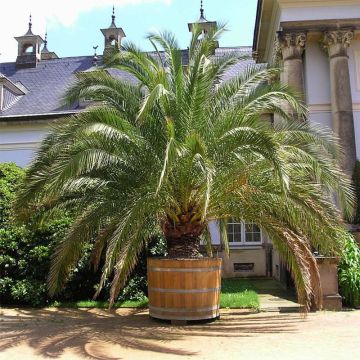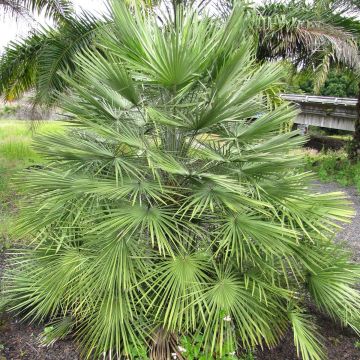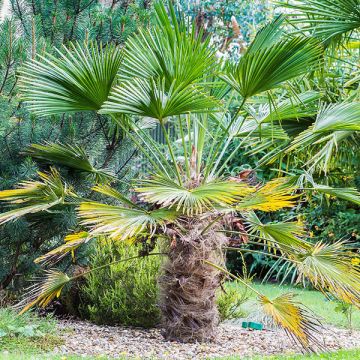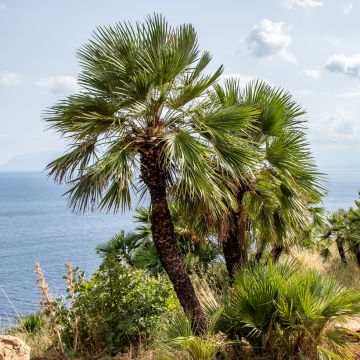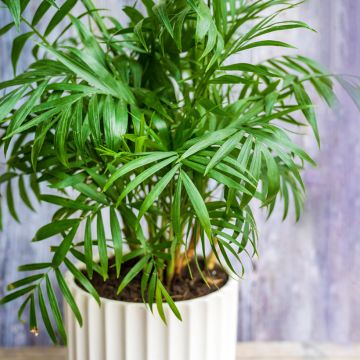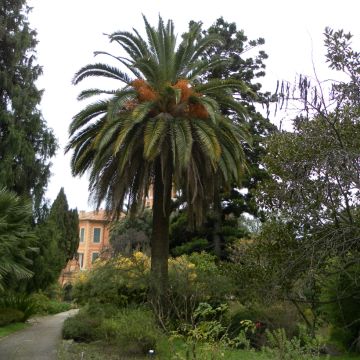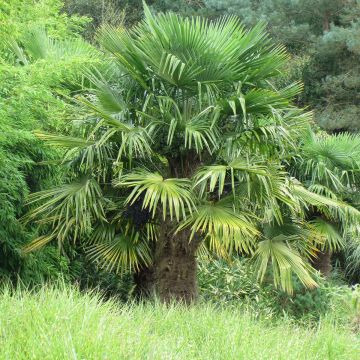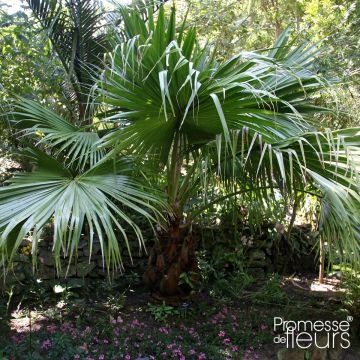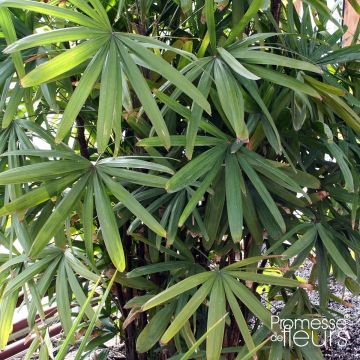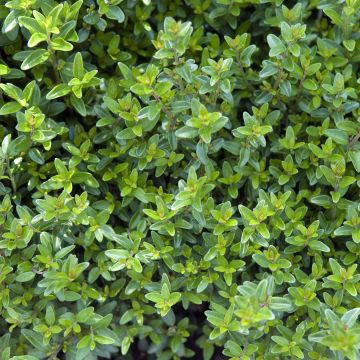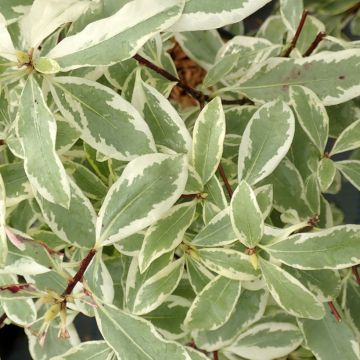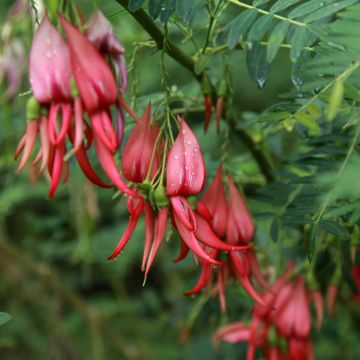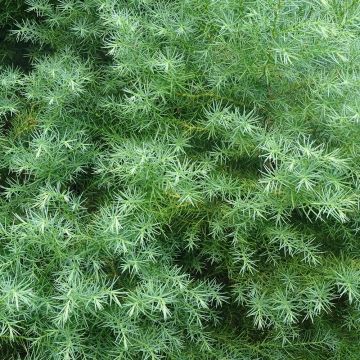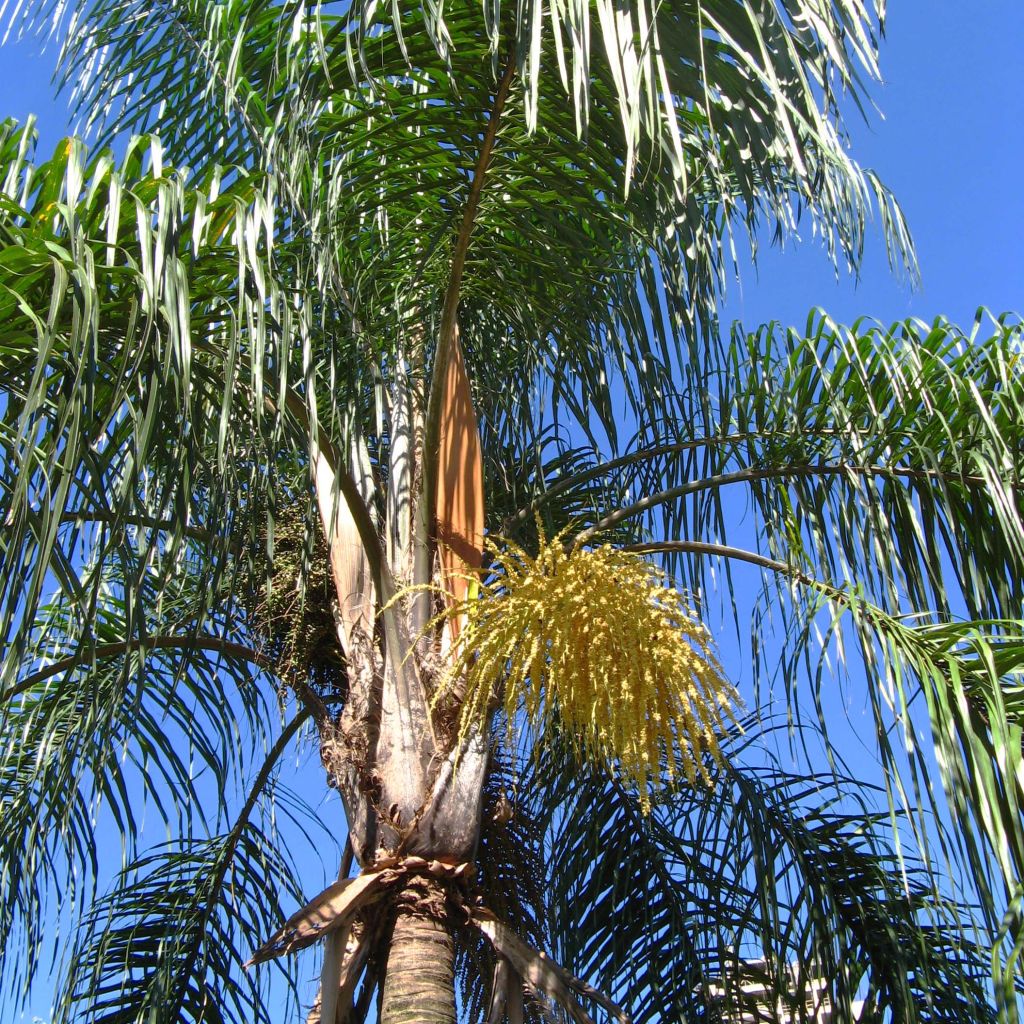

Syagrus romanzoffiana - Queen Palm


Syagrus romanzoffiana - Queen Palm
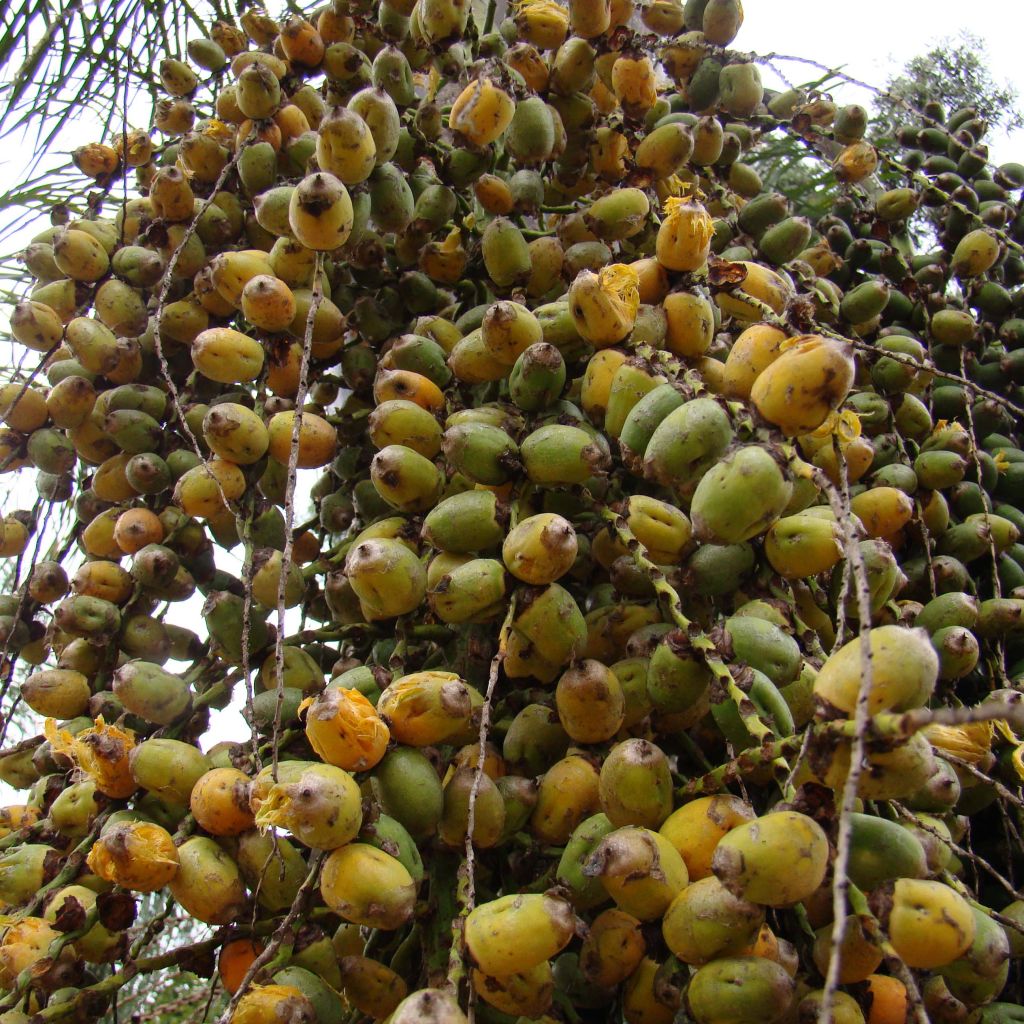

Syagrus romanzoffiana - Queen Palm


Syagrus romanzoffiana - Queen Palm
Syagrus romanzoffiana - Queen Palm
Syagrus romanzoffiana
Queen Palm, Cocos Palm
Superb young plant, taller than I expected, which has produced a new leaf after 2 months. Very satisfied.
Valérie, 09/07/2021
Special offer!
Receive a €20 voucher for any order over €90 (excluding delivery costs, credit notes, and plastic-free options)!
1- Add your favorite plants to your cart.
2- Once you have reached €90, confirm your order (you can even choose the delivery date!).
3- As soon as your order is shipped, you will receive an email containing your voucher code, valid for 3 months (90 days).
Your voucher is unique and can only be used once, for any order with a minimum value of €20, excluding delivery costs.
Can be combined with other current offers, non-divisible and non-refundable.
Home or relay delivery (depending on size and destination)
Schedule delivery date,
and select date in basket
This plant carries a 24 months recovery warranty
More information
We guarantee the quality of our plants for a full growing cycle, and will replace at our expense any plant that fails to recover under normal climatic and planting conditions.

Would this plant suit my garden?
Set up your Plantfit profile →
Description
Syagrus romanzoffiana, better known as the Queen Palm, is also called the Feathery Coconut Tree or the Romanzoff Coconut Tree, named after the person who discovered it in the humid subtropical regions of South America. With its tall, sturdy, and ringed trunk (stipe) and its large, feathery, and glossy fronds, it has a graceful and slender silhouette reminiscent of the coconut trees that line tropical coasts. It grows rapidly in fertile and moist soil, tolerates temperatures as low as -7°C (19.4 °F), and can withstand relatively poor soils. In summary, it needs water and warmth and thrives both on the Mediterranean coast and along the Bay of Biscay.
Syagrus romanzoffiana (synonyms Cocos romanzoffiana, Arecastrum romanzoffianum) belongs to the large family of Arecaceae. It is native to southern Brazil, Paraguay, and northeastern Argentina, and has been introduced to other regions of the world with favorable climates such as the Mediterranean or South Atlantic coast.
Its trunk, called the stipe, is solitary, greyish, and marked with rings, which are remnants of old petioles. Under our climate, it can reach a height of 12m with a diameter of 40cm (15.7in) when planted in the ground, but it will remain much smaller when grown in a container. At the top of the stipe, a crown composed of large palmate leaves, called fronds, 6m (19ft 8in) wide develops. Each leaf, which can reach a length of 3m (9ft 10in), is slightly pendulous and carried by a long petiole. It is composed of numerous narrow, leathery, and rigid pinnules, glossy green in colour. Flowering occurs at the end of summer, in the form of branched inflorescences that emerge between the leaves, with a different appearance depending on whether it is a male or female specimen. Male inflorescences are shorter and somewhat resemble brooms, while female inflorescences are long, pendulous, and adorned with small white-cream flowers. These flowers are followed by inedible but decorative fruits, ovoid and yellow, measuring 2 to 3cm (0.8 to 1.2in) in diameter.
The Queen Palm deserves a prominent place in a short grass meadow, but it also forms elegant rows in mild climates, including coastal areas. It requires space to fully express its beauty and grows quickly if it has an adequate supply of water and nutrients. It also tolerates container cultivation and makes a superb indoor plant for large, well-lit entrances, verandas, and temperate greenhouses. Widely cultivated on the French Riviera, it is gaining popularity among landscape professionals as well as amateur gardeners who appreciate exotic yet hardy plants, especially along the Atlantic coast of our country where it should thrive. It can sometimes be challenging to find suitable companions for it due to its strong personality. Reserve a corner by the pool and plant small evergreen shrubs like sage, Teucrium, and simple, flowering varieties at its base. Phormium, with its graphic, sleek, and colourful appearance, precise and geometric agaves, the almost metallic Astelia chathamica, Hakonechloa macra 'Aureola' turning orange in autumn, and the delicate and violet Verbena bonariensis will accompany it in a border that is both exotic and easy to maintain.
Report an error about the product description
Syagrus romanzoffiana - Queen Palm in pictures
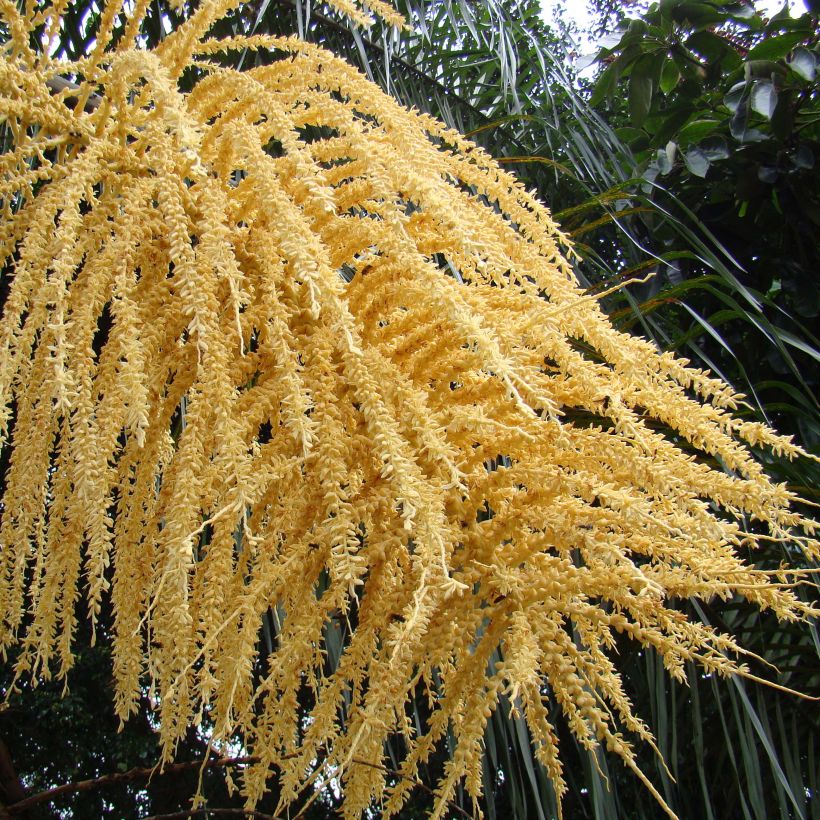

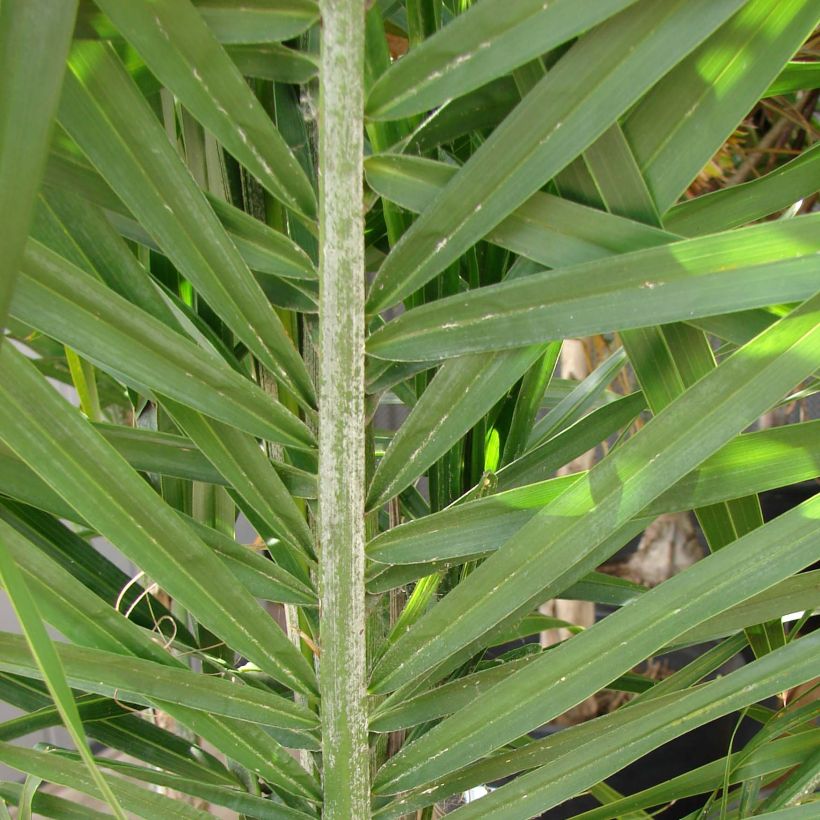

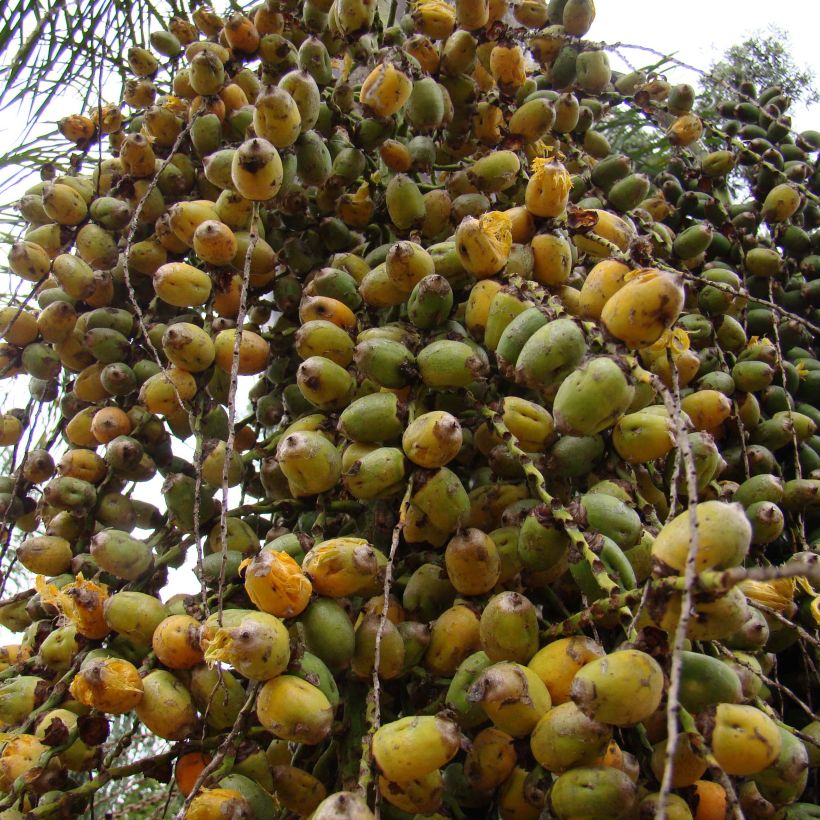

Plant habit
Flowering
Foliage
Botanical data
Syagrus
romanzoffiana
Arecaceae
Queen Palm, Cocos Palm
South America
Other Palm trees A to Z
View all →Planting and care
This palm tree shows quite rapid growth, particularly when regularly watered in a warm climate. It requires sun and heat, which will promote faster shoot growth. Plant the Queen Palm in the ground in mild climates, or in a very large pot to overwinter in other regions. It is capable of withstanding short frosts of around -7, or even -10°C (14 °F), but should be protected in case of severe cold, by tightly binding the crown of leaves to protect the heart of the plant. Install it in the sun, in ordinary but well-worked, well-tilled and well-drained soil, even poor but remaining moist in summer. It is indifferent to soil type, but prefers deep and light soils. It fears drought. Install it in a sunny location and protect it from cold and dry winds. Water regularly, especially if summer is dry. Easy to grow, it requires little maintenance except for pruning the oldest leaves close to the palm stem.
In the PACA region, where they are often planted, as well as throughout the south of France and Spain, large palm trees are victims of parasites such as the worm of the dreaded and widespread Paysandra archon, a large butterfly that thrives even in England. Specific treatments are now available as a preventive measure. The red palm weevil (Rhynchophorus ferrugineus) has been present in our territory since 2006. The symptoms are as follows: cut, dried or yellowing leaves. These pests attack numerous palm species, with a fatal outcome: the leaves irreversibly and completely dry out as soon as the heart of the stem hosts larvae.
Propagation: by sowing fresh seeds that germinate quite quickly, sometimes a few days after sowing, most often after 1 to 2 months. The young plants develop slowly during the first three years, then their growth accelerates (this is the rule for most palm trees), especially in fertile and moist soil.
Planting period
Intended location
Care
-
, onOrder confirmed
Reply from on Promesse de fleurs
Similar products
Haven't found what you were looking for?
Hardiness is the lowest winter temperature a plant can endure without suffering serious damage or even dying. However, hardiness is affected by location (a sheltered area, such as a patio), protection (winter cover) and soil type (hardiness is improved by well-drained soil).

Photo Sharing Terms & Conditions
In order to encourage gardeners to interact and share their experiences, Promesse de fleurs offers various media enabling content to be uploaded onto its Site - in particular via the ‘Photo sharing’ module.
The User agrees to refrain from:
- Posting any content that is illegal, prejudicial, insulting, racist, inciteful to hatred, revisionist, contrary to public decency, that infringes on privacy or on the privacy rights of third parties, in particular the publicity rights of persons and goods, intellectual property rights, or the right to privacy.
- Submitting content on behalf of a third party;
- Impersonate the identity of a third party and/or publish any personal information about a third party;
In general, the User undertakes to refrain from any unethical behaviour.
All Content (in particular text, comments, files, images, photos, videos, creative works, etc.), which may be subject to property or intellectual property rights, image or other private rights, shall remain the property of the User, subject to the limited rights granted by the terms of the licence granted by Promesse de fleurs as stated below. Users are at liberty to publish or not to publish such Content on the Site, notably via the ‘Photo Sharing’ facility, and accept that this Content shall be made public and freely accessible, notably on the Internet.
Users further acknowledge, undertake to have ,and guarantee that they hold all necessary rights and permissions to publish such material on the Site, in particular with regard to the legislation in force pertaining to any privacy, property, intellectual property, image, or contractual rights, or rights of any other nature. By publishing such Content on the Site, Users acknowledge accepting full liability as publishers of the Content within the meaning of the law, and grant Promesse de fleurs, free of charge, an inclusive, worldwide licence for the said Content for the entire duration of its publication, including all reproduction, representation, up/downloading, displaying, performing, transmission, and storage rights.
Users also grant permission for their name to be linked to the Content and accept that this link may not always be made available.
By engaging in posting material, Users consent to their Content becoming automatically accessible on the Internet, in particular on other sites and/or blogs and/or web pages of the Promesse de fleurs site, including in particular social pages and the Promesse de fleurs catalogue.
Users may secure the removal of entrusted content free of charge by issuing a simple request via our contact form.
The flowering period indicated on our website applies to countries and regions located in USDA zone 8 (France, the United Kingdom, Ireland, the Netherlands, etc.)
It will vary according to where you live:
- In zones 9 to 10 (Italy, Spain, Greece, etc.), flowering will occur about 2 to 4 weeks earlier.
- In zones 6 to 7 (Germany, Poland, Slovenia, and lower mountainous regions), flowering will be delayed by 2 to 3 weeks.
- In zone 5 (Central Europe, Scandinavia), blooming will be delayed by 3 to 5 weeks.
In temperate climates, pruning of spring-flowering shrubs (forsythia, spireas, etc.) should be done just after flowering.
Pruning of summer-flowering shrubs (Indian Lilac, Perovskia, etc.) can be done in winter or spring.
In cold regions as well as with frost-sensitive plants, avoid pruning too early when severe frosts may still occur.
The planting period indicated on our website applies to countries and regions located in USDA zone 8 (France, United Kingdom, Ireland, Netherlands).
It will vary according to where you live:
- In Mediterranean zones (Marseille, Madrid, Milan, etc.), autumn and winter are the best planting periods.
- In continental zones (Strasbourg, Munich, Vienna, etc.), delay planting by 2 to 3 weeks in spring and bring it forward by 2 to 4 weeks in autumn.
- In mountainous regions (the Alps, Pyrenees, Carpathians, etc.), it is best to plant in late spring (May-June) or late summer (August-September).
The harvesting period indicated on our website applies to countries and regions in USDA zone 8 (France, England, Ireland, the Netherlands).
In colder areas (Scandinavia, Poland, Austria...) fruit and vegetable harvests are likely to be delayed by 3-4 weeks.
In warmer areas (Italy, Spain, Greece, etc.), harvesting will probably take place earlier, depending on weather conditions.
The sowing periods indicated on our website apply to countries and regions within USDA Zone 8 (France, UK, Ireland, Netherlands).
In colder areas (Scandinavia, Poland, Austria...), delay any outdoor sowing by 3-4 weeks, or sow under glass.
In warmer climes (Italy, Spain, Greece, etc.), bring outdoor sowing forward by a few weeks.






























